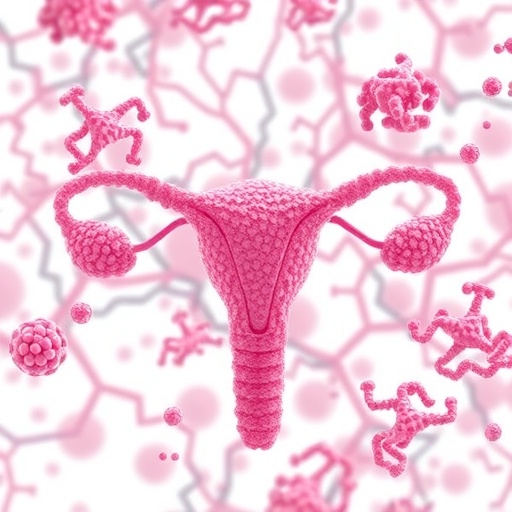(Boston)– A new study has shown that genital warts may promote HIV sexual transmission and, in turn, their treatment and prevention could help decrease the spread of the disease.
Human Papillomavirus (HPV) is a common and highly infectious condition transmitted between persons during sexual skin-to-skin contact. It has more than 100 strains identified, with some "lower risk" types associated with development of genital warts. While this condition has typically been seen as more of an annoyance than a threat, there is emerging evidence that genital warts may leave affected individuals at greater risk for contracting HIV from an infected partner.
Researchers from Boston University School of Medicine (BUSM) took biopsy samples of genital warts and compared the number of "HIV-target cells" (cells that can become infected with the virus) to that found in normal tissue from the same areas of the body. In addition, genital wart samples taken from HIV-uninfected men were cultured with HIV to determine whether these lesions were at high risk for infection.
They found that, compared to normal tissue from the same patient, anogenital warts had a significantly higher density of HIV-target cells. Of the anogenital wart samples studied, approximately half had high concentrations of these cells in the outermost layer of skin (the one most likely to be contacted during sexual intercourse). In addition, of the eight samples cultured with HIV, two showed definitive signs of HIV infection, signifying that some anogenital warts may be highly susceptible to HIV infection.
Deborah Anderson, PhD, corresponding author and BUSM professor of obstetrics and gynecology, said these results are a sign that we should be more aggressive in treating genital warts. She also recognizes the potential global implications for these findings. "Large scale roll out of HPV vaccines in HIV-endemic areas, such as sub-Saharan Africa could significantly impact the HIV epidemic in those regions."
These findings appear in the Journal of Infectious Diseases.
###
Funding for this study was provided by Merck IISP grant 37966.
Media Contact
Maria Ober
[email protected]
617-638-8496
@BUMedicine
http://www.bmc.org




